In July of 1921, students from across the world brutally torn part by World War I met in Fribourg, Switzerland. Inspired by their common Catholic faith and a commitment to peace and justice, they founded the International Confederation of Catholic Students, which became known as “Pax Romana” because of the students witness to build peace that stretched across borders.
At the heart of this initiative was a commitment to what would later be called solidarity. As a federated movement, both branches of Pax Romana have sought to build an organization that could transcend borders, yet respect the diverse expressions of Catholic student and intellectual life in each region. IMCS and ICMICA have sought to build solidarity among their members without imposing any one method, structure, or name. Both movements have sought to be truly “catholic” in building unity without demanding uniformity.
Reflection
As movements of students and intellectuals, IMCS and ICMICA have strongly valued intellectual reflection and social analysis on the pressing issues facing history. Throughout its history the movement has examined the root causes of many national, continental and global issues through the two lenses of faith and reason. Throughout the movement, various methodologies have been used including the methods of “actionreflection-action” and “see-judge-act.” The contribution of the movement as a space for critical reflection has been invaluable within the Church and the in the formation of global civil society.
Empowerment
A core dimension of the movement since the 1920s has been the empowerment of women and men around the world. Thousands of students, young professionals, and intellectuals have been inspired by IMCS and ICMICA to put their faith into action in the world. In this way, the movement seeks to help persons live as full and active members of the church, the world, and the movement. As part of this, both IMCS and ICMICA have adopted democratic and participatory structures which promote leadership locally, nationally and regionally. This action of empowerment has been particularly powerful for those young people who have been marginalized from society.
1. Peace, Human Rights and Democracy
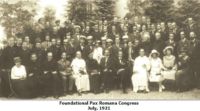
The movement has also played an important role in the formation of leaders with the capacity to promote democracy and human rights. Both IMCS and ICMICA have organized important training programs and internships at the local, national and global levels. There are many examples in places as diverse as Indonesia, South Africa, Peru, Portugal, Italy, the Philippines, and Brazil, of strong leaders who emerged from our movements and who have played a key role in building more just democracies.
2. Social Justice, Marginalized Groups and Women/Gender
Concern for the liberation of the marginalized has been a concern for the movement since its beginning. In the 1920s, the movement began to organize humanitarian relief activities to aid student refugees. During World War II, the movement worked seriously to help students who were prisoners of war. In the 1950s, the movement began to take up the case of those marginalized by poverty, discrimination, and racism. By the 1960s, members of IMCS and ICMICA in Latin America were at the forefront at developing the theology behind the preferential option for the poor. Throughout the history of the movement, various attempts have also been made to aid in the empowerment of women in society and within the church.
More recently, IMCS and ICMICA have sought to identify and work to empower other marginalized groups, including newer refugee communities, those impacted by HIV/AIDS, those marginalized because of gender, and indigenous communities.
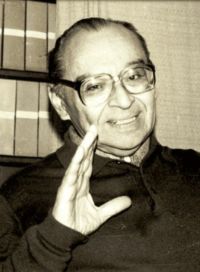
<–Gustavo Gutiérrez, Pax Romana chaplain and father of liberation theology.
3. Inter-cultural, Ecumenical, and Inter-religious Dialogue
Pax Romana has been recognized as one of the leading organizations in the promotion of dialogue between cultures, churches, and faiths. Within the movement itself, there is a strong tradition of diversity. Several national federations of IMCS and ICMICA, for example, are made of Eastern Rite Catholic Churches. Additionally, many member federations of IMCS and ICMICA include non-catholic members. Ecumenically, in the 1920s, the movement developed an active relationship with the World Student Christian Federation (WSCF) in delivering aid to refugees. Over the years many national federations and regional secretariats have developed strong relationships with WSCF and other Christian youth NGOs. In the 1960s there was even a joint IMCS, ICMICA and WSCF North American office. The partnership between IMCS and WSCF continues today, especially in Europe, North America, and Asia where IMCS is part of the Ecumenical Asian Student and Youth Network (EASYNET). In Europe, there has also been important work done by Pax Romana in building dialogue with Jewish communities.
Inter-religiously: IMCS and ICMICA have played an important role in interreligious dialogue, especially in Africa, the Middle East, and Asia. Most notably, Pax Romana organized an importantly meeting in 1960 in Manila on “The Present Impact of the Great Religions of the World upon the Lives of the People in the Orient and Occident.” Today, the work of Pax Romana on interreligious dialogue can be seen in the work of IMCS with the Alliance of Civilizations, the work of the movement in organizing different programs, and the many leaders of the movement who have been engaged with the World Conference of Religions for Peace (WCRP).
4. Being an International Movement
Pax Romana has been one of the first truly global movements. Even today, IMCS and ICMICA are among some of the largest most geographically diverse organizations, with ICMICA including members from over 50 countries and IMCS with members in over 80. As global movements, IMCS and ICMICA are in important positions to influence items on the international agenda. Together under the name of Pax Romana (ICMICA-IMCS), the movement has official status with the United Nations Economic and Social Council, the UN Department of Public Information, UNESCO, and other UN agencies. The movement also has formal status with the International Labor Organization and the Council of Europe. The relationship with these bodies helps IMCS and ICMICA to bring the concerns of members of the movement to worldwide attention.
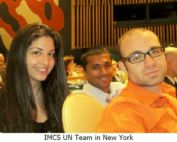
Solidarity is not a feeling of vague compassion or shallow distress at the misfortunes of so many people, both near and far. On the contrary, it is a firm and persevering determination to commit oneself to the common good; that is to say, to the good of all and of each individual, because we are all really responsible for all. Pope John Paul II Sollicitudo Rei Socialis, 38.
5. Being a Church (lay) Movement
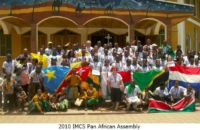
6. Being a Movement of Students, Intellectuals, and Professionals:
While beginning as a movement of students, Pax Romana has grown to include a family of originations. In addition to ICMICA, several specialized secretariats of Catholic lawyers, teachers, artists, pharmacists, doctors, and engineers have been born from the Pax Romana family. Some of these, such as the Catholic doctors, have gone on to become their own autonomous organizations, while others remain loosely within the family. Despite the diversity of students’ areas of study and the different professions of ICMICA members, there remains an important commitment to the intellectual life within both IMCS and ICMICA.
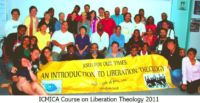
A very short timeline of Pax Romana (IMCS-ICMICA)
1887-91 Based in Fribourg, the “International Union of Catholic Students” was the precursor to IMCS. Over 7,000 students traveled to Rome in 1891 for a pilgrimage under the leadership of Baron George de Montenach.
July, 1921 Students from Switzerland, the Netherlands, and Spain hosted a peace congress in Fribourg with student leaders from twenty-three countries from Europe, the United States, Argentina, and Java (Indonesia). The students created an international secretariat for Catholic students under the name of “Pax Romana.” Max Gressly was elected as the first President of Pax Romana with Abbé Johannes Tschuor as Secretary General.
August, 1921 Pax Romana organized an international study week in Ravenna, Italy. At this meeting, Blessed Pier Giorgio Frassati, participated.
1927 Pax Romana helps create the Conference of (Presidents) International Catholic Organizations (ICO) and deepens its work with the League of Nations.
1939 First world congress outside Europe. As hundreds students met in Washington, DC, World War II begins. Students came together in to pray for peace.
1939-45 World War II. During the War, Pax Romana maintains a wartime office in Washington, DC under the leadership of Ed Kirchner and John Courtney Murray,SJ. In this time, the movement expands into the Americas and establishes a regional secretariat in Latin America.
1946 IYCS (JECI) is officially created at the Pax Romana World Congress in Fribourg.
1947 The International Catholic Movement for Intellectual and Cultural Affairs (ICMICA-MIIC) is created out of IMCS for graduates.
1945 Founding of the United Nations
1948 Pax Romana (ICMICA-IMCS) obtains consultative status with the UN ECOSOC.
1956 Maria de Lourdes Pintasilgo elected first woman president of Pax Romana. She later served as the first woman prime minister of Portugal. The movement expands in Africa and Asia during the 1950s and early 1960s.
1959-60 Manila conference on inter-religious dialogue.
1962-65 Second Vatican Council. ICMICA Secretary General Ramon Sugranyes de Franch serves as a lay auditor along with secretarial staff member Rosemary Goldie.
1963-78 Papacy of Pope Paul VI, former national chaplain of FUCI-Italy.
1971 Gustavo Gutiérrez chaplain from UNEC Peru writes, A Theology of Liberation.
1977 Move of the IMCS Secretariat from Fribourg (with ICMICA) to Paris (with IYCS)
Some major books about the history of Pax Romana
Weck, Guillaume. Histoire du mouvement des étudiants catholiques vers la fondation d’une Confédération internationale (1887-1925). Fribourg: Fragnière, 1926.
Pochon, Roger. Les Associations Internationales D’Etudiantes. Fribourg: Imprimerie de L’Oeuvre de Saint-Paul, 1928.
Pochon, Roger. Pax Romana : 1921-1931. Fribourg: Imprimerie Fragnière, 1931.
Aylward, Francis. The Story of the Origin, Growth, Aims and Work in the Years 1921-1939 of ’Pax Romana”, World Confederation of National University Catholic Federations. London: International Committee of the Newman Association, 1940.
The Story of World Student Relief, 1937-1943; A Report to the Constituency of the World Student Service Fund. New York, NY, 1943. http://hdl.handle.net/2027/mdp.39015011026187.
Weck, Guillaume. Histoire de la Confédération internationale des étudiants catholiques “Pax Romana” : 1887-1921-1946. Fribourg (Suisse): [s.n.], 1946.
Pochon, Roger, and Ramon Sugranyes de Franch. Pax Romana Down the Years, (1921-1961). Fribourg: Bersier, 1961.
Pax Romana 1921-1971. Fribourg: Pax Romana IMCS-ICMICA, 1970.
Pelegri, Buenaventura. IMCS-IYCS: Their Option their Pedagogy. IMCS Asia Secretariat, 1979.
Altermatt Und, Von Urs, and Ramon Sugranyes de Franch. Pax Romana 1921-1981: Fondation et Developpement. Fribourg: Editions Universitaires Fribourg Suise, 1981.
Bidegain, Anna Maria. From Catholic Action to Liberation Theology: The Historical Process of the Laity in Latin America in the Twentieth Century. Working Paper 48. Notre Dame, Ind: Kellogg Institute, 1985.
Pax Romana MIIC – ICMICA 1947-1987: Memory and Hope. Geneva: Pax Romana ICMICA/MIIC, 1987.
Smith, Christian. The Emergence of Liberation Theology: Radical Religion and Social Movement Theory. Chicago: University of Chicago Press, 1991.
Genoud, Valérie. Pax Romana 1921-1946 : Confédération internationale des étudiants catholiques : un mouvement religieux et idéologique dans son évolution : origines, fondation, missions et réalisations. [Neuchâtel]: [s.n.], 1992.
Trisconi, Michela, ed. Mémoires engages; Memorias comprometidas; Memories of committed persons : 76th-50th anniversary Pax Romana ICMICA/MIIC. Fribourg: Pax Romana ICMICA/MIIC, 1997.
Franch, Ramon Sugranyes de. Militant per la justicia: Memories dialogades amb el pare Hilari Raguer. Barcelona: Proa, 1998.
Goldie, Rosemary. From a Roman Window: Five Decades of the World, the Church and the Laity. Melbourne: HarperCollins Melbourne, 1998.
D’ Sami, Bernard. “The Impact of Gaudium et Spes on The Social Mission of The Church in Asia with Particular Reference to Catholic Students and Workers Movements.” In The Call to Justice: The Legacy of Gaudium Et Spes 40 Years Later. Rome, 2005.
Nicolini, Bianca, ed. The Holy See: A Face of Another Globalization. Geneva: Pax Romana ICMICA/MIIC, 2007.
Rode, Patricio. Construcción de ciudadanía y fe cristiana : una selección de sus textos. 1st ed. Montevideo Uruguay: Doble clic Editoras, 2007.
Blin, François. Repères pour l’histoire de la Conférence des Organisations Internationales Catholiques (1927-2008). Paris: Editions Eclectica, 2008.

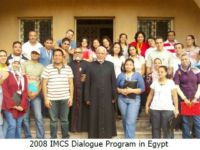
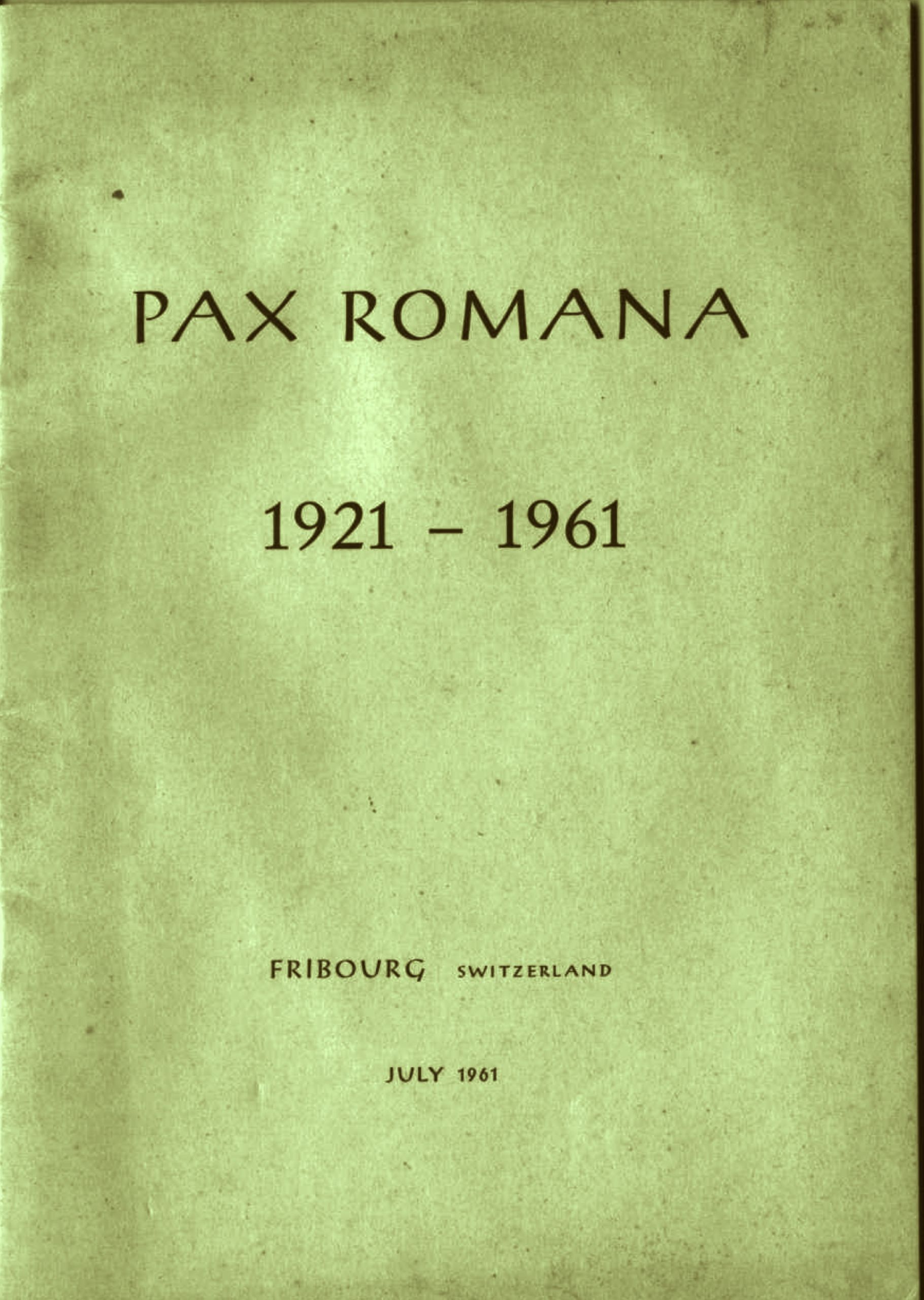
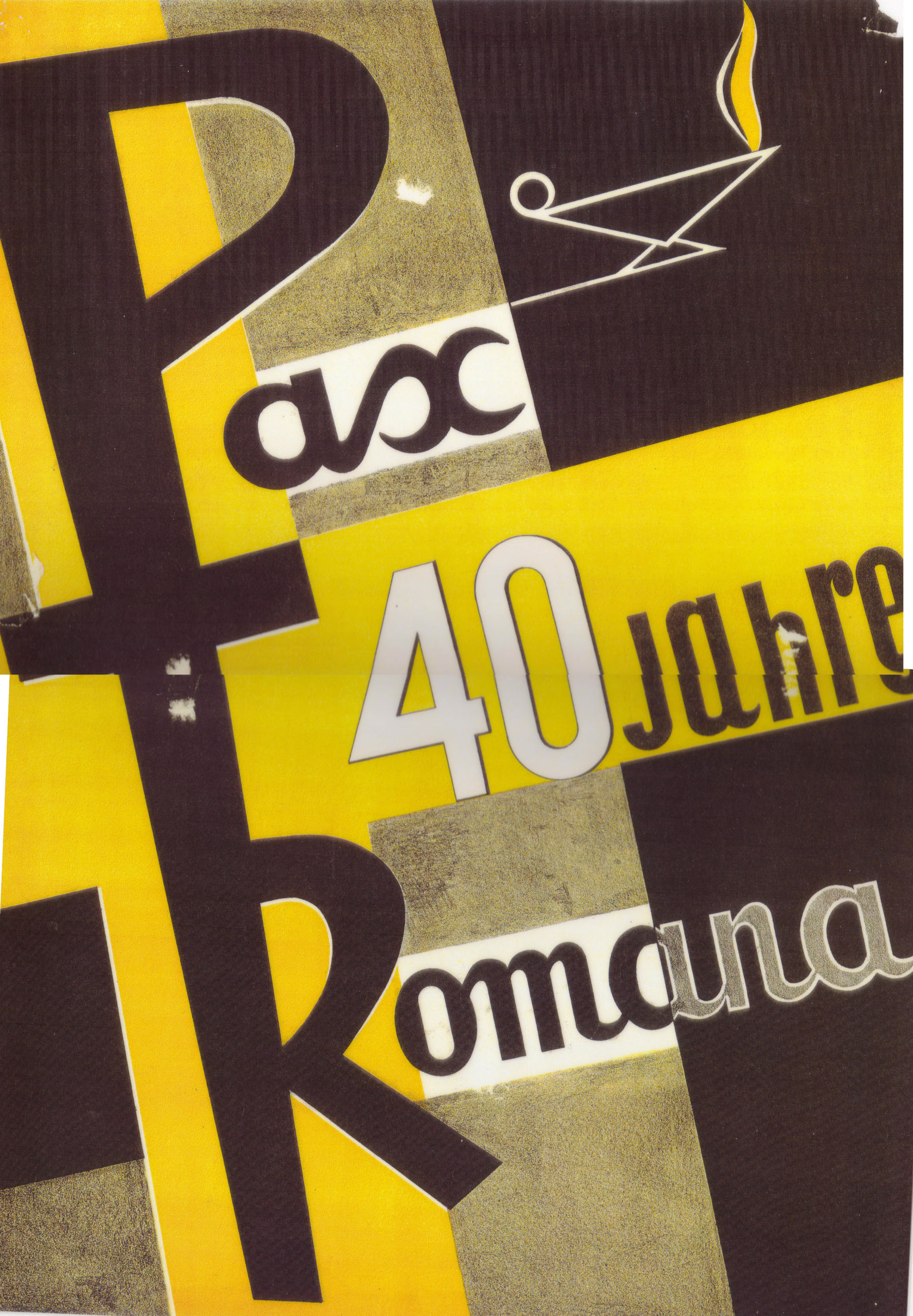
Leave A Comment
You must be logged in to post a comment.